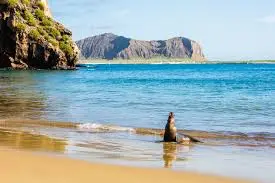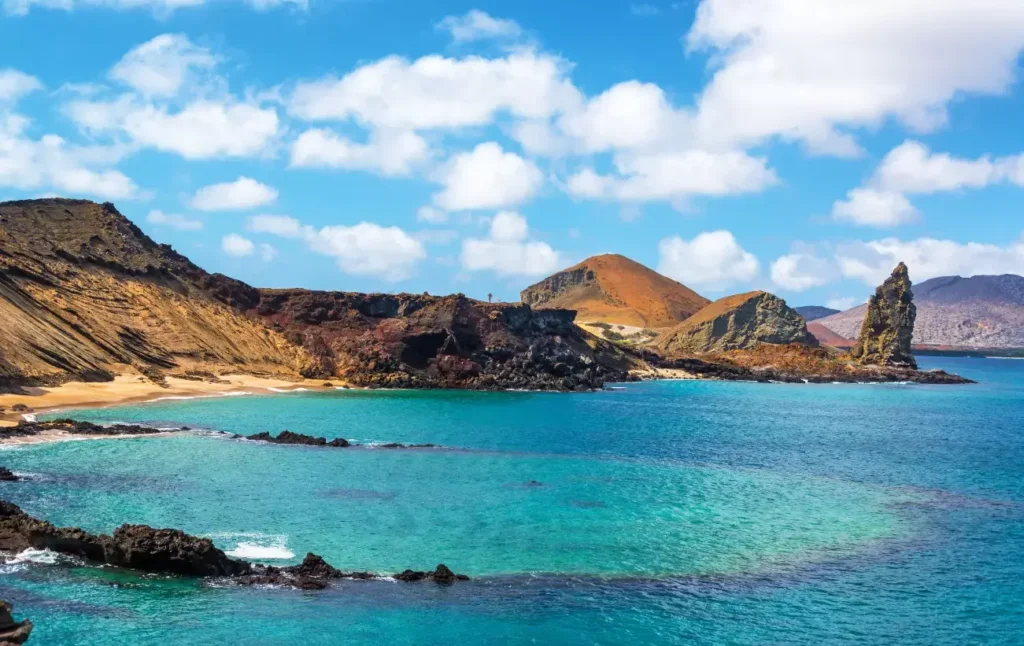Last month, a group of scientists and environmentalists finished an amazing journey to the Galápagos Islands, following the same path that Charles Darwin took. They started their trip in Plymouth, England, and their goal was to deal with the current problems facing these special islands, which are now a protected World Heritage Site and a marine reserve.
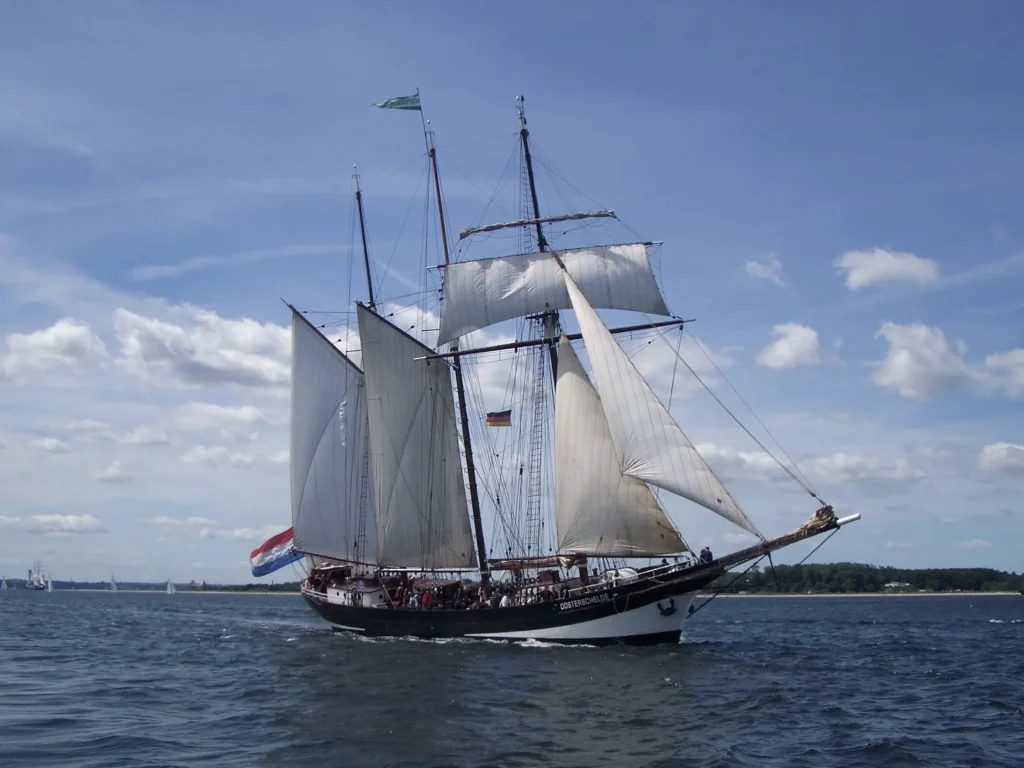
The team sailed on a very old ship called the Oosterschelde, which had three big masts. They started their trip in August and visited places like the Canary Islands, Cape Verde, Brazil, and Chile. They also met new scientists and activists during their journey.
Sarah Darwin, a famous botanist and grand grand daughter of Charles Darwin was leading the scientist team. She carried her ancestor’s famous book, “On the Origin of Species,” as she explored how the Galápagos have changed since 1835. She noted, “Now, many people are working hard to protect these islands.”
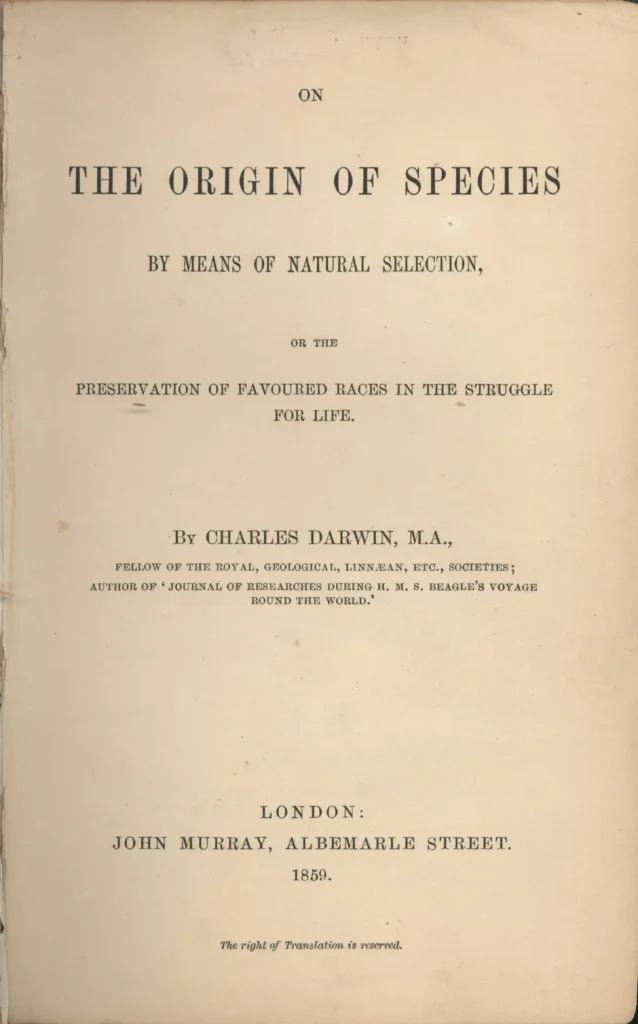
Darwin’s Inheritors
In the past, the Galapagos Islands were a resting place for pirates who hunted and ate the large turtles that live there. During World War II, the islands had a US military base.
Sarah Darwin, a descendant of Charles Darwin, believes he would be amazed by the efforts to protect the islands and their wildlife today. She first visited the Galapagos in 1995 and drew pictures of the special plants there. Later, she studied native tomatoes.
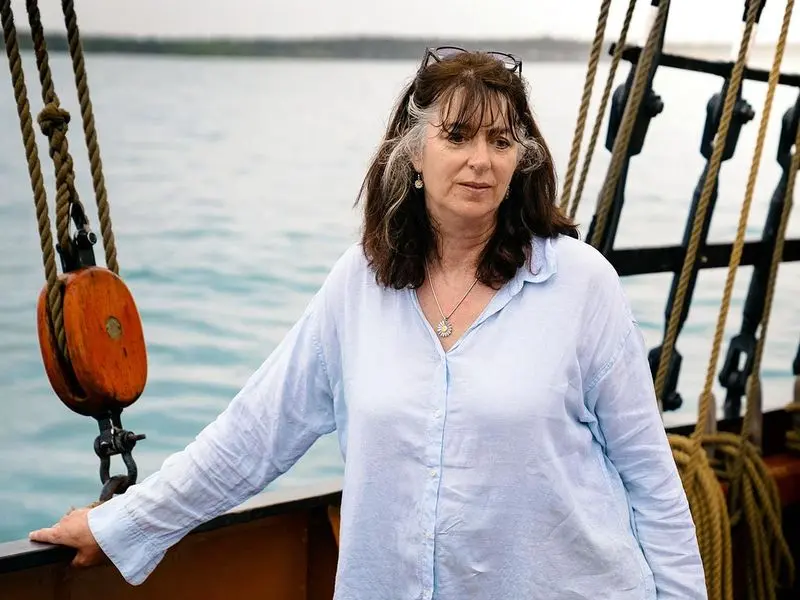
Now, Sarah helps young people learn about environmental issues. She’s part of a project to create 200 “heirs” of Darwin, who will speak out about threats to the planet.
On their journey from Plymouth to the Galapagos, the ship Oosterschelde stopped at different ports. They picked up new scientists and activists and dropped off others along the way.
One of the new members, Laya Pothunuri from India, joined to help improve the irrigation systems for growing coffee. She plans to use recycled plastic to fix the problem, as plastic waste is harming the wildlife there.
Plastic Pollution Dangers
In the Galapagos, the team worked with well-known researchers from Universidad San Francisco de Quito (USFQ), the Charles Darwin Foundation, and Conservation International. They joined forces to deal with the widespread problem of invasive species and to safeguard the fragile native ecosystems.
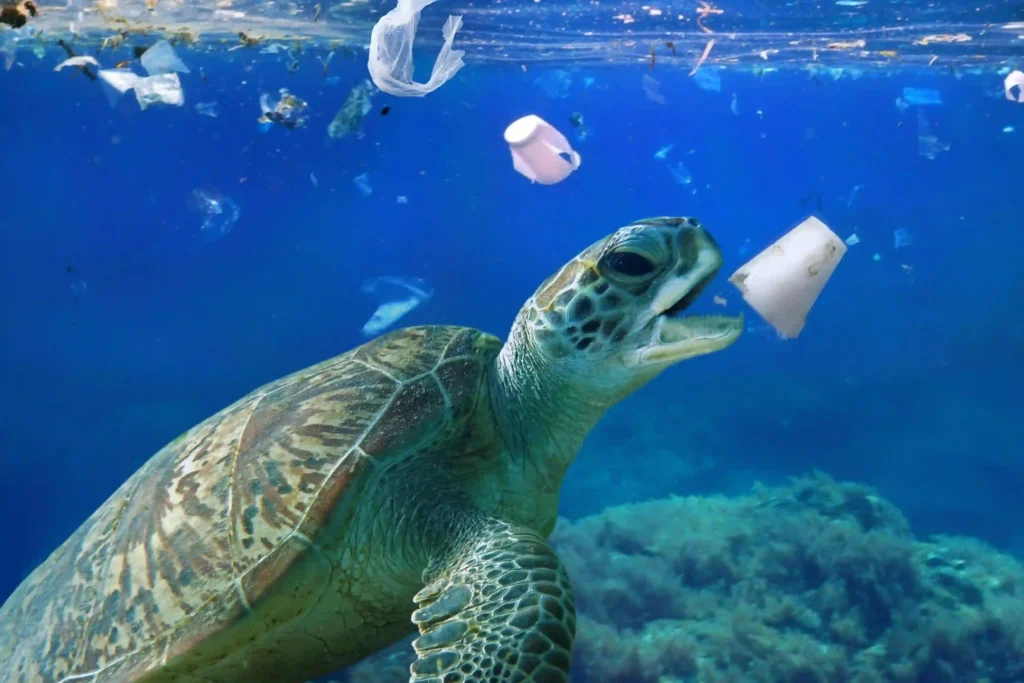
A study by the Charles Darwin Foundation last year discovered that giant turtles in the area were eating harmful things because of human pollution. The samples showed that almost 90 percent of the things they ate were plastic, eight percent were cloth, and the rest were metal, paper, cardboard, building materials, and glass.
